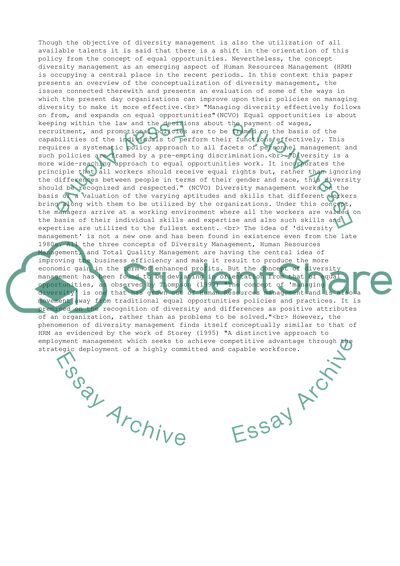Cite this document
(“The Conceptualization of Diversity Management Article”, n.d.)
The Conceptualization of Diversity Management Article. Retrieved from https://studentshare.org/management/1521952-diversity-management-article
The Conceptualization of Diversity Management Article. Retrieved from https://studentshare.org/management/1521952-diversity-management-article
(The Conceptualization of Diversity Management Article)
The Conceptualization of Diversity Management Article. https://studentshare.org/management/1521952-diversity-management-article.
The Conceptualization of Diversity Management Article. https://studentshare.org/management/1521952-diversity-management-article.
“The Conceptualization of Diversity Management Article”, n.d. https://studentshare.org/management/1521952-diversity-management-article.


